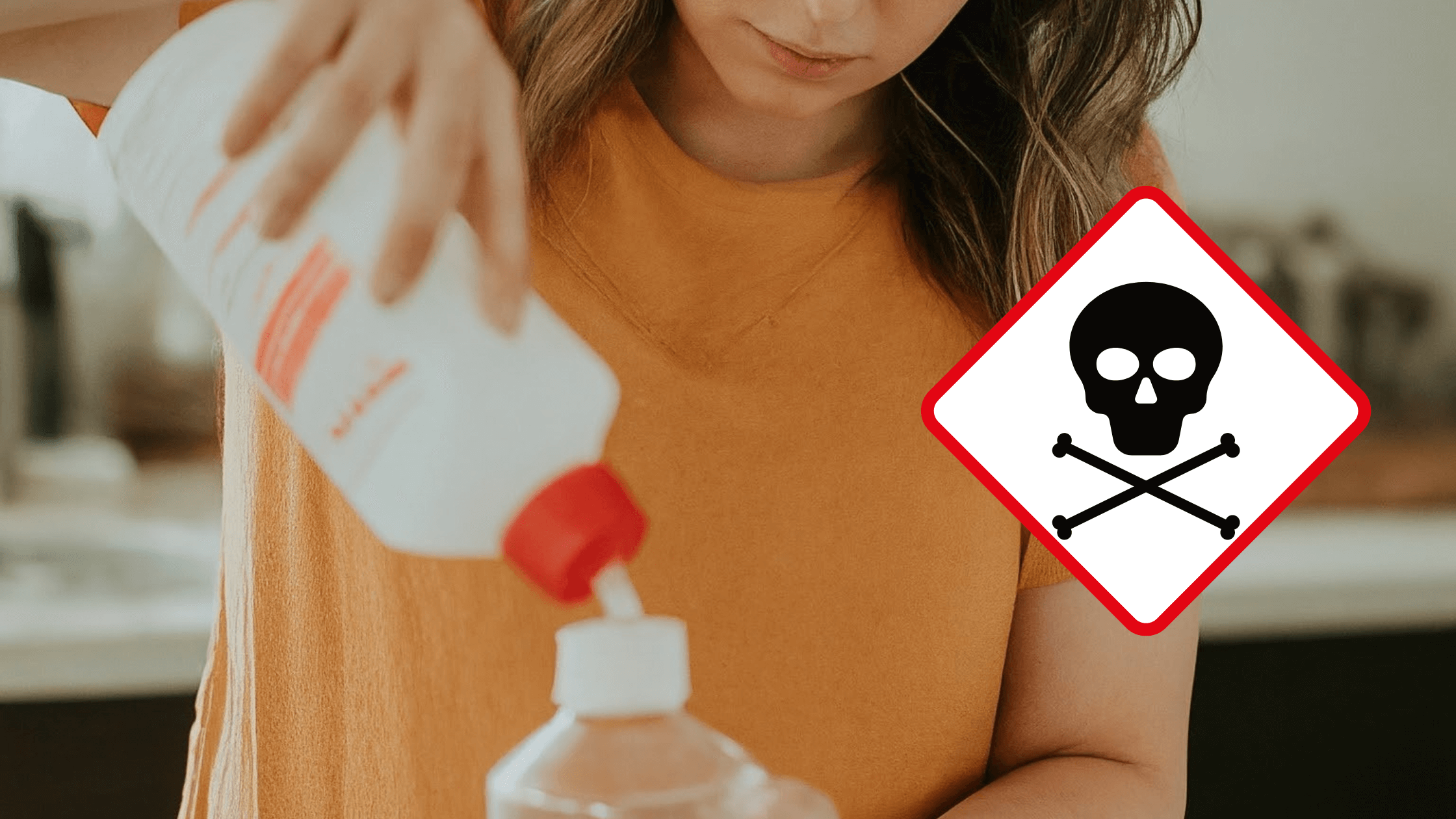Cleaning is an essential aspect of maintaining a healthy and comfortable home environment. However, the choice of cleaning agents plays a crucial role in ensuring not only cleanliness but also safety. Read this blog and explore the intricacies of common household cleaning agents, the risks associated with mixing them, and valuable tips for a safe and effective cleaning routine.
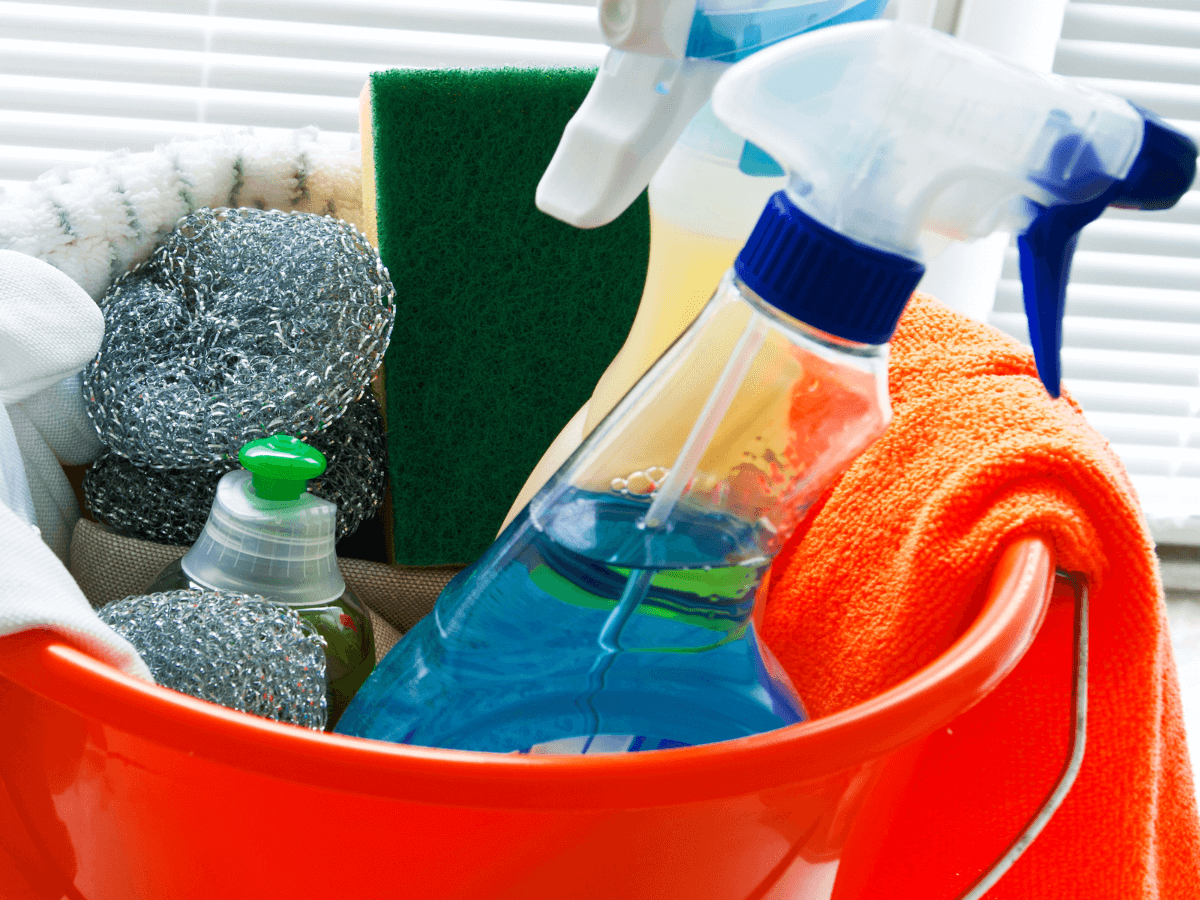
Understanding Common Cleaning Agents
Types of household cleaning agents
Household cleaning agents come in various forms, each designed for specific tasks. From all-purpose cleaners to specialized products for bathrooms and kitchens, understanding the types available is essential for effective cleaning.
Common ingredients in cleaning solutions
Diving deeper, it’s vital to familiarize ourselves with the ingredients found in these cleaning solutions. This knowledge empowers homeowners to make informed choices based on their preferences and the surfaces they are cleaning.
Specific uses and applications
Different cleaning agents serve different purposes. Knowing where and how to use each one ensures optimal results without compromising safety.
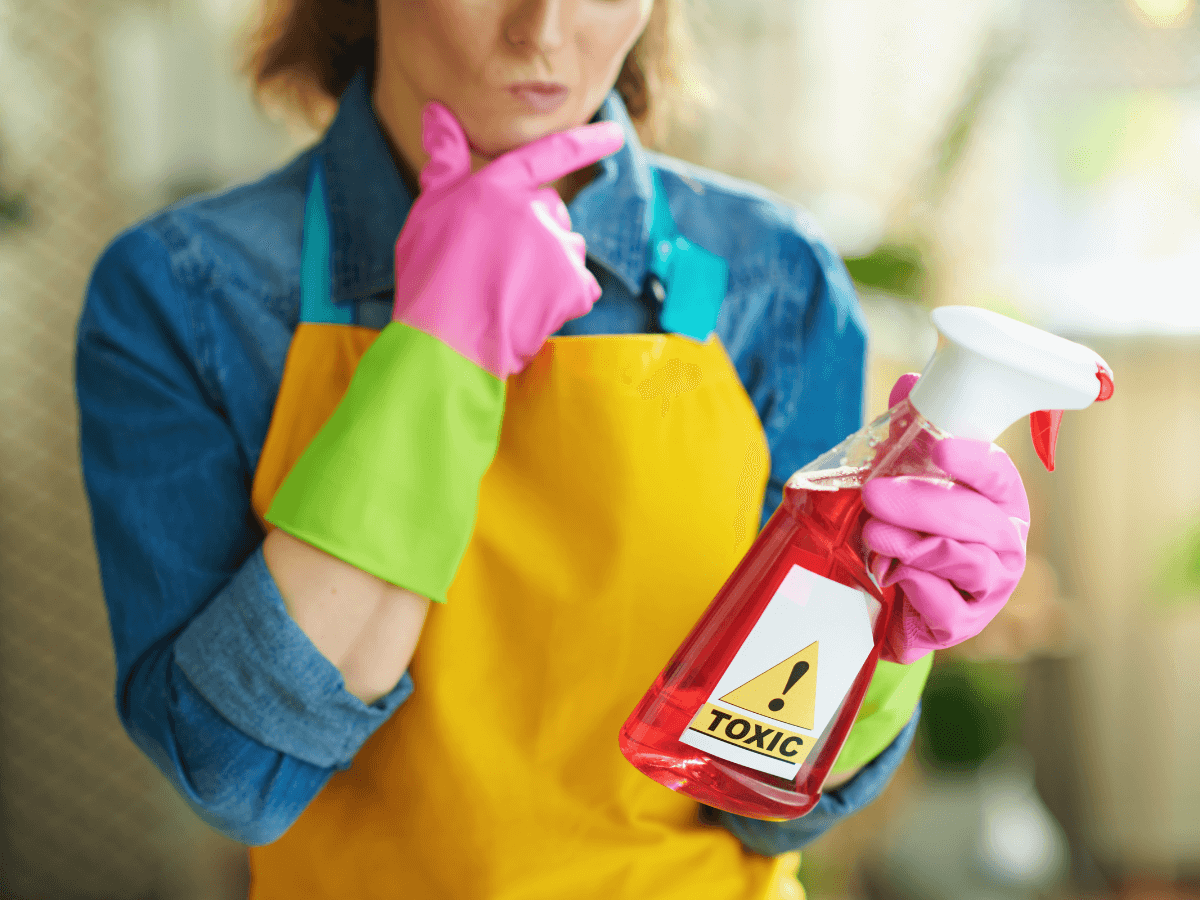
The Importance of Choosing the Right Cleaning Solution
A. Tailoring solutions to different surfaces
Not all surfaces are created equal, and using the wrong cleaning solution can lead to damage. We’ll explore the importance of matching cleaning agents to specific surfaces for maximum efficacy.
B. Eco-friendly alternatives and their benefits
In recent times, there’s been a shift towards eco-friendly cleaning alternatives. We’ll discuss the benefits of choosing these options, both for the environment and personal well-being.
C. Avoiding harsh chemicals for a safer environment
While some cleaning agents are effective, they may contain harsh chemicals. We’ll provide insights into identifying and avoiding these chemicals to create a safer living space.
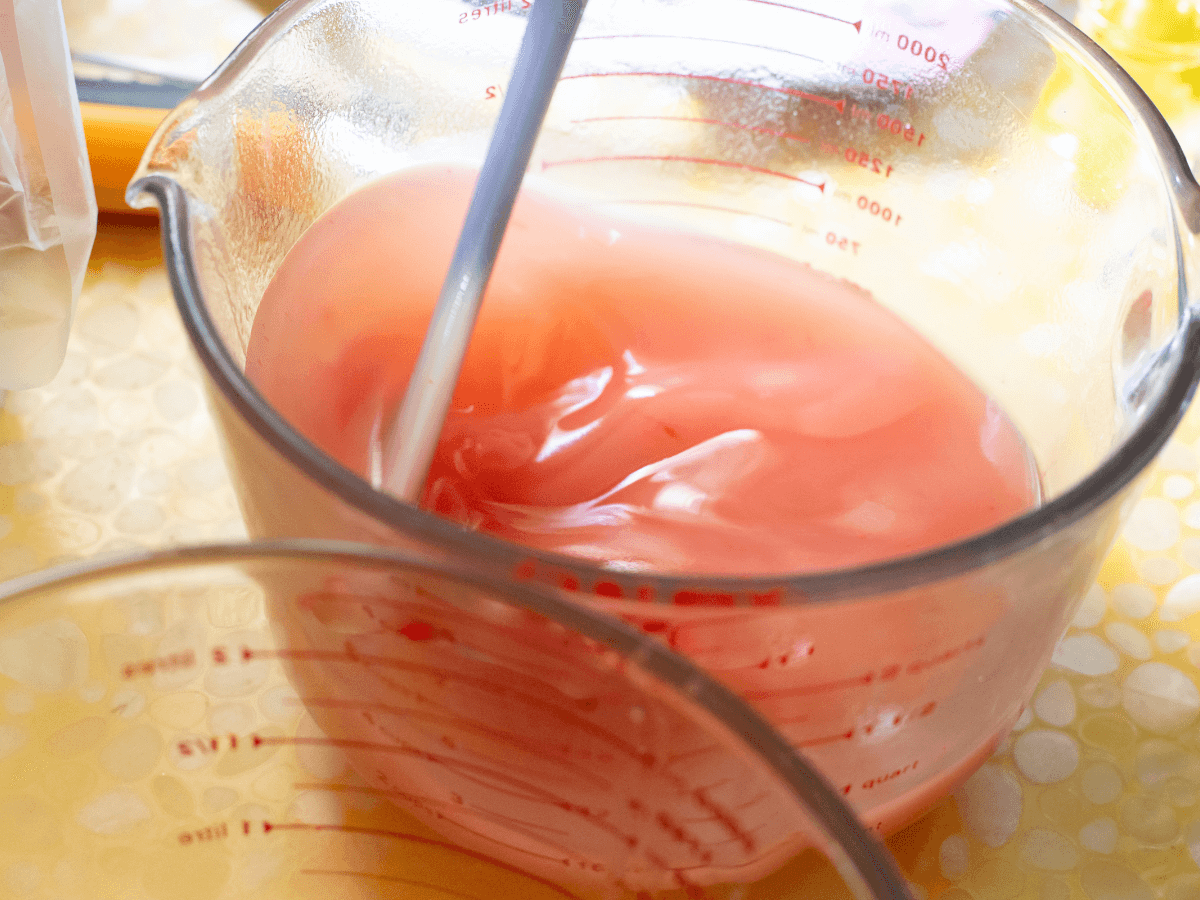
The Risks of Mixing Cleaning Agents
A. Chemical reactions and their dangers
Mixing certain cleaning agents can result in chemical reactions that pose significant dangers to health and property. We’ll explore common reactions, such as the production of toxic fumes and potential damage to surfaces.
1. Production of toxic fumes
When specific cleaning agents are combined, they may release harmful fumes that can cause respiratory issues and other health problems.
2. Potential damage to surfaces and materials
Certain combinations can damage surfaces, leading to costly repairs or replacements.
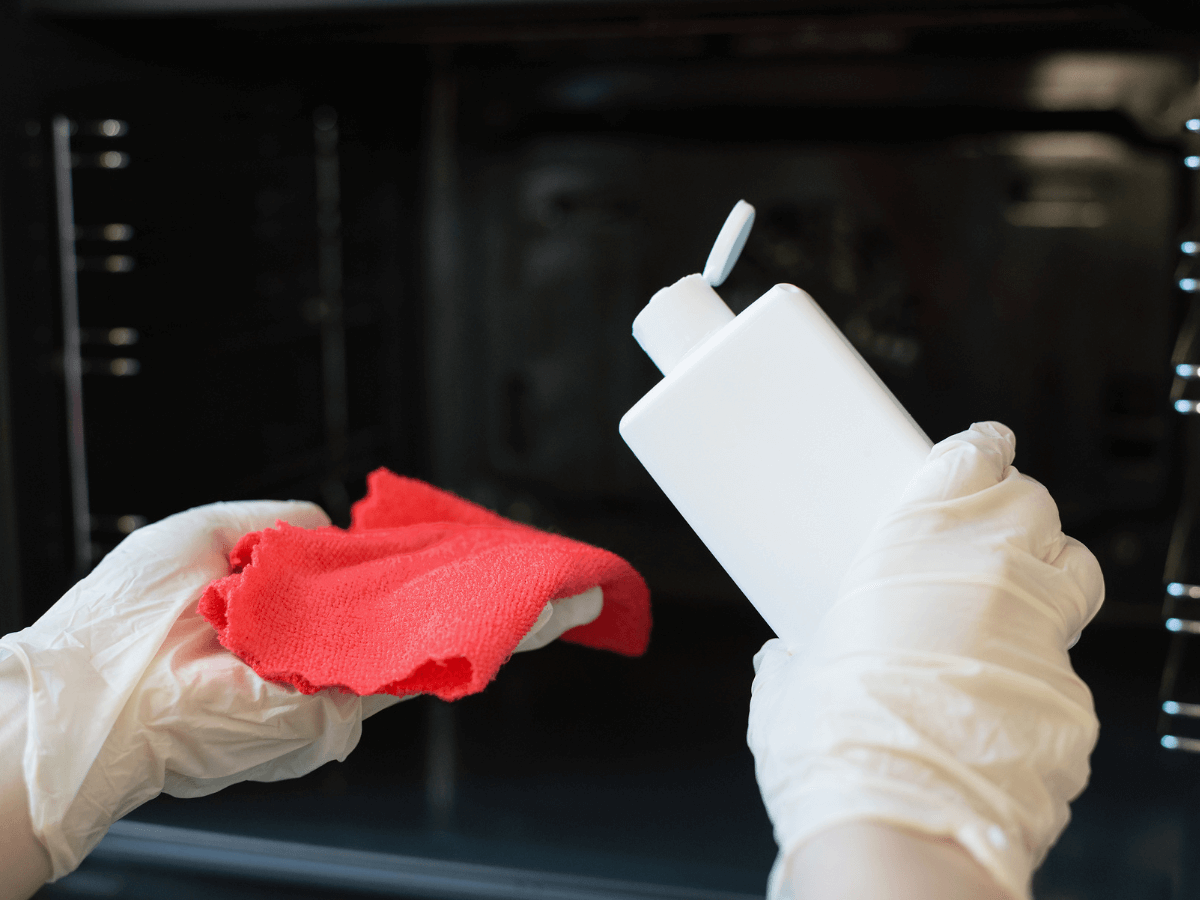
Key Cleaning Tips for a Safe Home
A. Reading labels and understanding product compatibility
A crucial aspect of safe cleaning is reading and understanding product labels. We’ll guide readers on deciphering labels to ensure compatibility between different cleaning agents.
B. Proper storage of cleaning agents
Proper storage is often overlooked. We’ll discuss the significance of storing cleaning agents in a safe manner to prevent accidental spills or exposure.
C. Utilizing the right tools and equipment for each task
Pairing the right tools with the appropriate cleaning agents enhances efficiency and minimizes risks. We’ll provide insights into selecting the right equipment for various cleaning tasks.
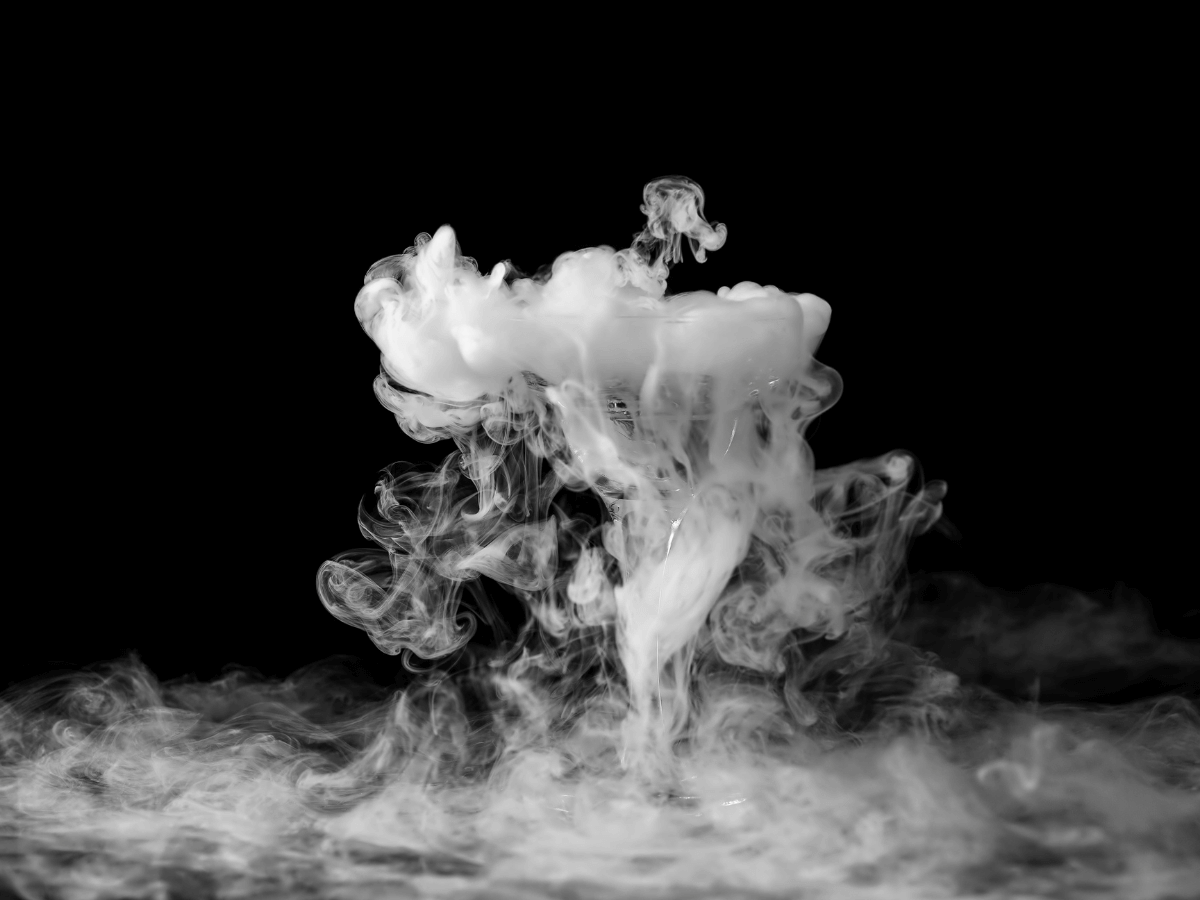
Common Household Cleaning Agent Combinations to Avoid
A. Bleach and Ammonia: The lethal duo
One of the most dangerous combinations is bleach and ammonia. We’ll explain the chemical reaction and why it’s crucial to keep these two substances far apart.
B. Vinegar and Hydrogen Peroxide: A fizzing danger
While both vinegar and hydrogen peroxide are commonly used, combining them can result in a fizzing reaction. We’ll explore the risks and alternatives.
C. Mixing acids and bases: Understanding the risks
Understanding the basics of chemistry is essential when it comes to cleaning agents. We’ll provide insights into the risks associated with mixing acidic and basic substances.
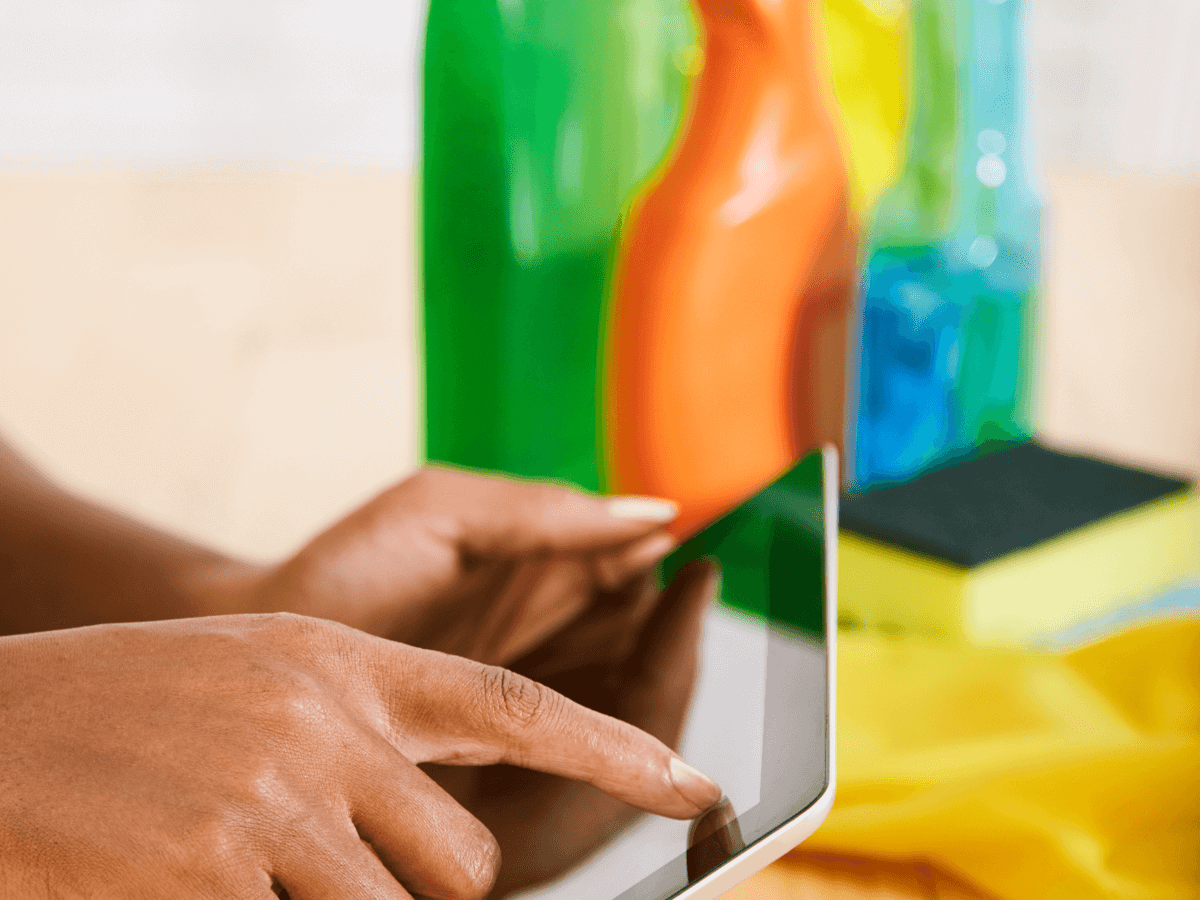
Safe Alternatives and DIY Cleaning Solutions
A. Homemade cleaners for various surfaces
For those who prefer a more natural approach, we’ll share recipes for homemade cleaners suitable for different surfaces.
B. Natural ingredients that can replace commercial cleaning agents
Certain natural ingredients can be just as effective as commercial cleaners. We’ll highlight these alternatives and their benefits.
C. Tips for creating effective and safe DIY cleaning solutions
DIY cleaning solutions can be cost-effective and safe if done right. We’ll offer tips on creating homemade cleaners that deliver results without compromising safety.
Emergency Procedures in Case of Accidental Mixing
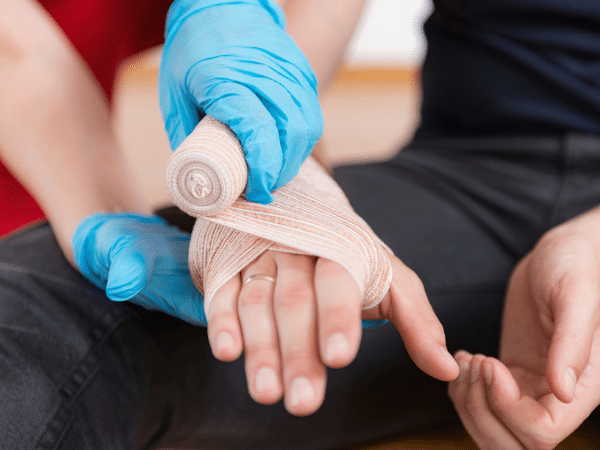
A. Evacuation and ventilation
In the event of accidental mixing, immediate evacuation and ventilation are crucial. We’ll outline steps to take to ensure safety in such situations.
B. Seeking medical attention if necessary
Certain reactions may result in health hazards. We’ll stress the importance of seeking medical attention promptly if exposure occurs.
C. Contacting poison control in case of ingestion or exposure
In cases of ingestion or exposure, contacting poison control is paramount. We’ll provide the necessary information for swift action.
Prioritizing safety in cleaning practices is as important as achieving cleanliness. By understanding the risks associated with certain cleaning agent combinations and adopting safer alternatives, homeowners can create a healthier living space for themselves and their families. It is also helpful and safe to ask for help from Professional Cleaners in dealing with stubborn dirt and stains in your environment.

